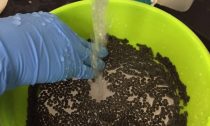
A tiny amount of oxybenzone, a UV-blocking chemical that’s commonly found in sunscreen, can stunt and deform the growth of coral reefs, sometimes killing the coral. In Hawaii, lawmakers are attempting to banthe sunscreens that contain the chemical so snorkelers don’t unwittingly destroy the reefs they visit.
But until that happens–and until people stop washing other oxybenzone-containing products, like some shampoos and dish detergents, down drains that lead to the ocean–researchers suggest that something else could help: tiny beads designed to suck the offending chemical out of the water.
The beads are made primarily from a biodegradable mix of an algae product and chitosan, a material produced from shrimp and lobster shells after fishing. They also include iron nanoparticles, making them magnetic enough to easily be pulled out of the water with a magnet after they’ve absorbed the oxybenzone. The structure of the beads is designed to soak up the chemical.
“You can modify the surface of the nanoparticles to target specific pollutants,” says Felix Roman, a chemistry professor at the University of Puerto Rico whose lab researches environmentally friendly ways to clean contaminated water. In the past, the lab has focused mostly on drinking water, but one of the graduate students there, Victor Fernandez, suggested using the technology to address one of the issues facing coral reefs.
Though the tiny beads–each approximately three millimeters wide, expanding to five millimeters in the water–couldn’t be practically used to clean a large volume of water, they could help in smaller critical areas.
“After a long day of people going to the beach, in the area of the coral reefs that you want to protect, you could have these beads dumped or dragged around with a boat,” says Roman. The beads could either be contained in a net or poured in the water and pulled back out with magnets.
While some of the other pressures facing coral reefs, like rising ocean temperatures, are difficult to address–some amount of warming is likely to continue even if greenhouse gas emissions stopped now–chemical pollution could be tackled more readily.
“We need to do something, and this may be a start,” says Roman. “It would take some time to do something to stop global warming. But if this contamination is also contributing significantly–we know that very small amounts are toxic to coral reefs–maybe we need to start doing things that we can do right now.”



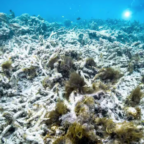
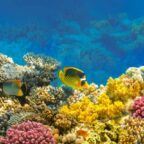
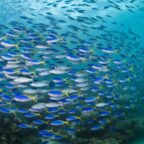

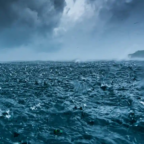
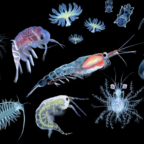

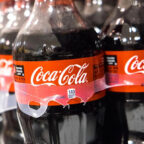


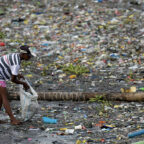


Social Profiles